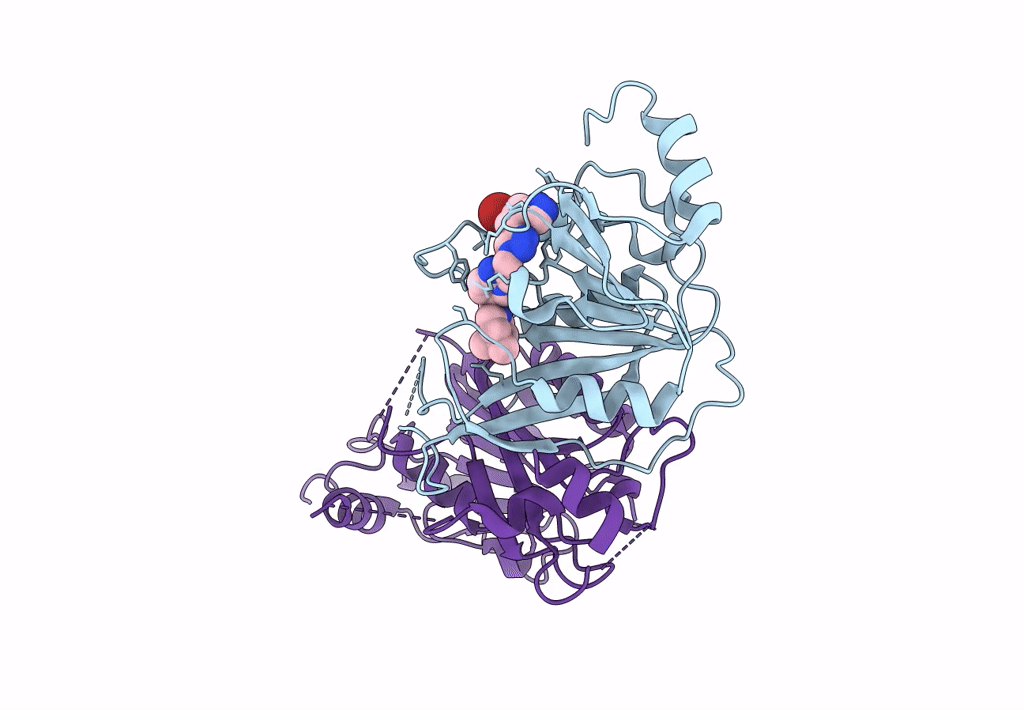
Deposition Date
2022-11-13
Release Date
2023-09-20
Last Version Date
2024-11-06
Entry Detail
PDB ID:
8BN8
Keywords:
Title:
METTL3-METTL14 heterodimer bound to the SAM competitive small molecule inhibitor STM3006
Biological Source:
Source Organism:
Homo sapiens (Taxon ID: 9606)
Host Organism:
Method Details:
Experimental Method:
Resolution:
2.21 Å
R-Value Free:
0.24
R-Value Work:
0.18
Space Group:
P 32 2 1


